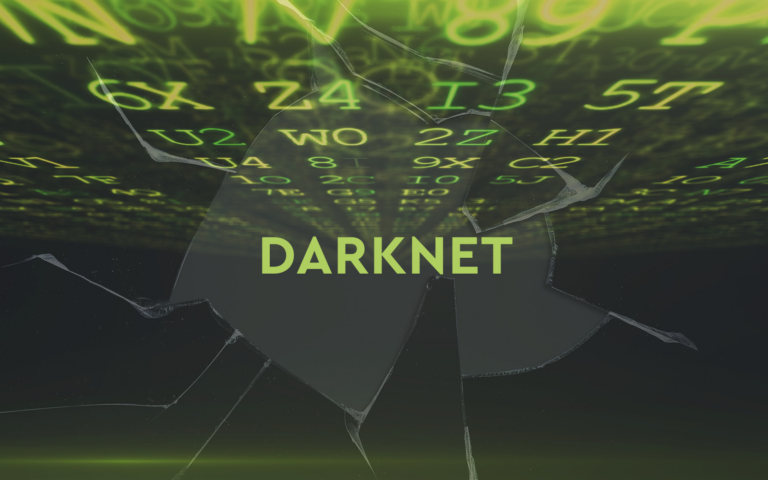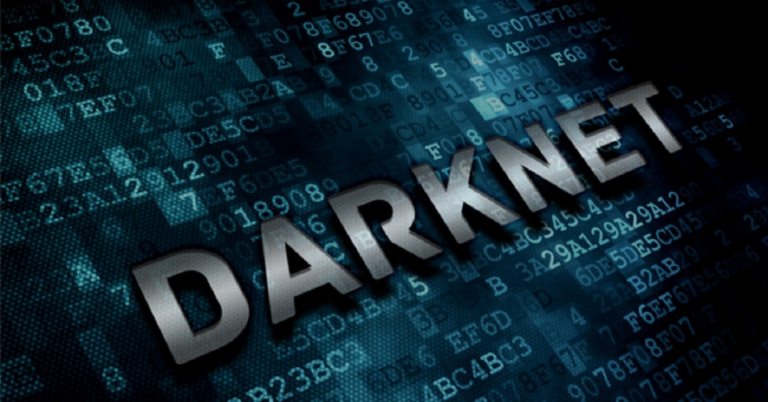
The internet is a vast space, but what most of us interact with daily – websites like Google, Facebook, or YouTube – represents only a fraction of its entirety. Beyond the familiar, lies the “deep web,” home to unpublished and unindexed pages. Beyond that, even deeper, is the “dark web,” a much-misunderstood corner of the internet requiring special tools, like the Tor Browser, to access.
If you’ve wondered what the fascination with darknet is or are curious to learn how dark web links work, this guide will help you understand the scope, purpose, and risks of this hidden realm.
What Is the Dark Web, and Why Does it Exist?
The dark web refers to a portion of the internet that is deliberately hidden and not indexed by standard search engines like Google or Bing. Dark web sites often use encryption and specialized software, such as the Tor Browser, to operate anonymously.
Contrary to popular belief, not all activity on the dark web is illegal. It was originally designed to protect user privacy, ensuring anonymity against surveillance and censorship. For instance:
- Media Activists and Whistleblowers use it to communicate without being tracked.
- Citizens in oppressive regimes access information they couldn’t find elsewhere.
- Researchers and professionals utilize anonymous platforms for discussions around sensitive topics.
However, the same anonymity also attracts illegal activities, fueling its mystique among internet users.
Deep Web vs. Dark Web
It’s essential not to confuse the deep web with the dark web. The deep web consists of pages that are not indexed by search engines but typically require login credentials to access (think about your email inbox or bank transactions). The darknet, on the other hand, is a niche subset of the deep web with sites that can only be accessed with specific tools like the Tor Browser.
Exploring Dark Web Links — How Does It Work?
The dark web offers a unique browsing experience, requiring specialized setups to ensure safe access:
1. The Gateway: Tor Browser
The Tor Browser is your entry point to the dark web. TOR, short for “The Onion Router,” uses layered encryption to ensure anonymity. When you access a site on the darknet, the data passes through several volunteer-operated servers (called nodes) before reaching its destination, making your activities untraceable.
2. Dark Web Links and Domain Structure
Unlike typical URLs ending with “.com” or “.org,” dark web links often have the .onion extension. These addresses work exclusively within the Tor network and are not accessible via standard browsers like Chrome or Firefox.
For example, a typical dark web link might look something like this:
`http://skdfoiw33zww2831.onion`
Pro Tip: Reliable directories like “The Hidden Wiki” provide curated lists of dark web links, though caution is always advised before visiting any sites.
3. Establishing Anonymity
Protecting your identity is critical when navigating dark web sites. Beyond Tor, consider using a VPN (Virtual Private Network) to add another layer of protection. A well-configured VPN ensures your IP address remains hidden, safeguarding you from potential privacy breaches.
What Can You Find on the Dark Web?
The dark web contains a diverse range of services, forums, and resources, many of which are perfectly legal. Here are some common (and legitimate) examples:
Safe and Ethical Uses:
- Whistleblower Platforms like SecureDrop, which allow whistleblowers to share sensitive information with journalists securely.
- Anonymous Forums and Communities where users discuss sensitive topics, like coping with trauma, without revealing their identity.
- Data Archives offering access to research papers or historical documents unavailable on the surface web.
Dubious or Illegal Content:
On the flip side, the dark web’s anonymity also encourages illegal practices. From counterfeit products to dark marketplaces offering illicit substances, there’s no shortage of criminal activity. It’s vital to understand the risks and steer clear of engaging with such activities.
Risks and Precautions While Accessing the Darknet
The anonymity of the darknet comes with its challenges. Even curious explorers or casual users must stay cautious to avoid unpleasant consequences:
1. Cybersecurity Risks
Accessing less reputable dark web sites may expose you to malware, ransomware, or phishing attacks. Avoid downloading files or inputting personal information to minimize exposure.
2. Untrustworthy Links
Unlike links on the surface web, dark web links may redirect users to malicious or illegal sites. Using trusted thoroughfare directories, like “The Hidden Wiki,” is safer than randomly clicking unknown .onion links.
3. Legal Implications
While browsing the dark web isn’t inherently illegal, indulging in illegal marketplaces, services, or content can have severe legal consequences. Stay on the ethical side!
4. Scams
Some darknet pages aim solely to scam visitors. For instance, certain marketplaces may promise goods or services that are never delivered.
Best Practices for Safe Browsing:
- Use secure software like Tor and a reliable VPN.
- Avoid sharing any personal details.
- Stick to reputable directories and educate yourself beforehand.
Alternative Applications of the Dark Web in Business and Research
While the darknet is shadowed by its association with illegal activities, savvy applications exist for researchers, cybersecurity experts, and even large enterprises:
- Security Monitoring: Organizations can track leaked company credentials on dark web sites.
- Threat Intelligence: Cybersecurity professionals monitor potential attacks or vulnerabilities discussed within darknet forums.
- Academic Research: Universities use the anonymity of the dark web to study crime patterns or social behavior on encrypted platforms.
Does the Curiosity About the Dark Web Outweigh the Risks?

The darknet unveils an internet world many are unaware of — one where censorship doesn’t exist and privacy reigns supreme. However, navigating this space requires judgment, discipline, and an understanding of its risks. The dark web is not inherently “bad” or “dangerous,” but misuse or carelessness can have serious consequences.
Final Reminders for Curious Explorers
If curiosity about the dark web beckons you, start with caution and awareness. Respect the ethical line between exploration and ethical misuse. After all, the internet, both its visible surface and hidden depths, is ours to use responsibly.
Wondering about further insights into privacy, cybersecurity, or online trends? Subscribe to our newsletter for the latest updates and guides.


